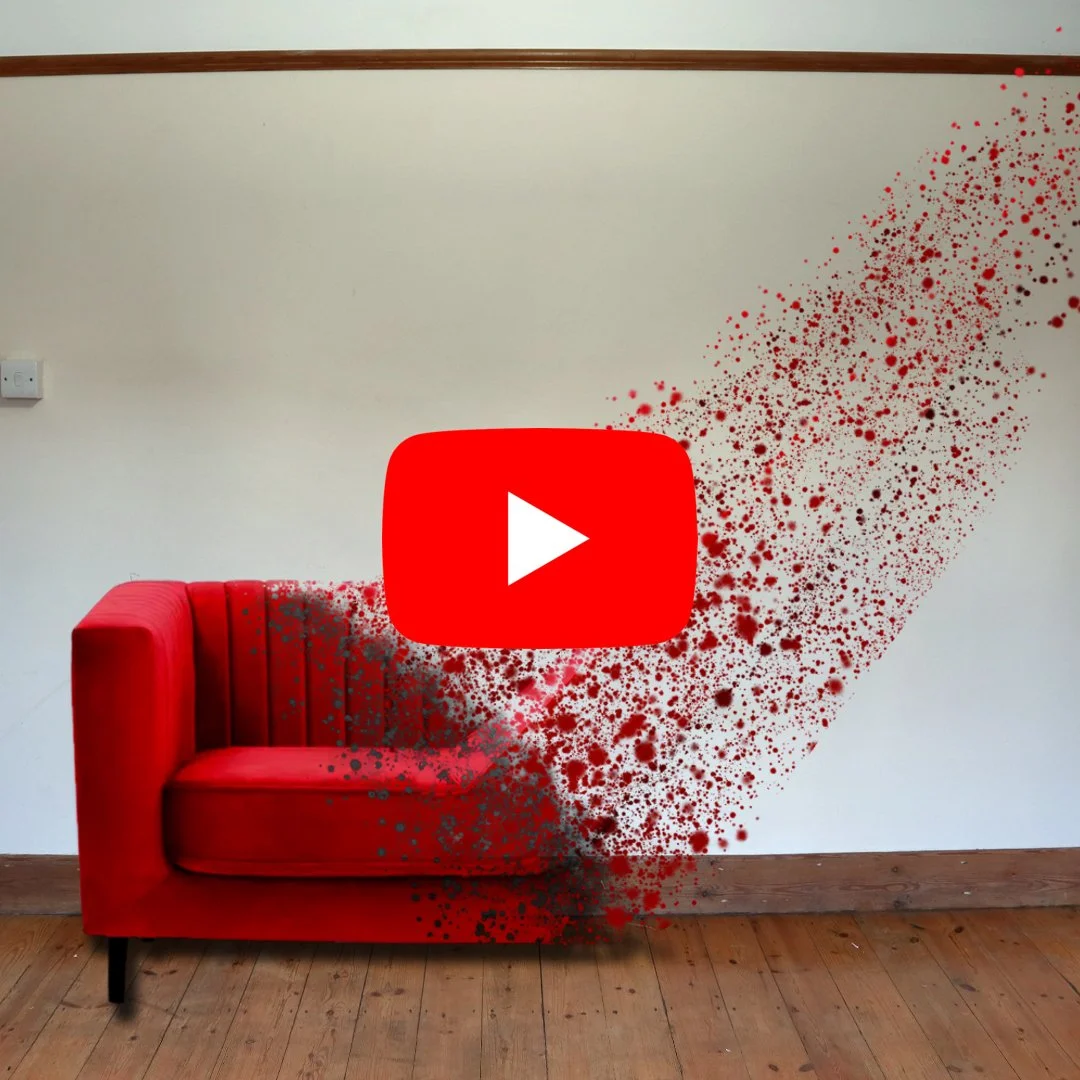Digital Billboards and the search for timelessness
I was inspired to write this post after a brief visit to London because, from the moment I stepped off the train, I was surrounded by digital billboards flickering at me, demanding my attention. Learning to navigate this extremely unnatural modern environment is one of the keys to thriving in the face of external stressors and maintaining our health and well-being.
Our whole culture is underpinned by measured time. Instruments invented to track time have been traced back about 6000 years to the Egyptians yet it was only about 500 years ago that clocks became precise enough to be measured and minutes and seconds became the universal norm. To put this in perspective, if accepted human history spans 24 hours, 43 minutes represents the amount of time since clocks were invented and 3.5 minutes since we began using minutes and seconds.
Does time speed up when it’s measured? *
As with so many new technologies which are trumpeted for their numerous benefits, we rarely talk about the full implications of them. A peak under the glossy surface of cutting-edge technology inevitably finds us uncomfortably trying to reconcile the price of progress with the damaging costs to fellow humans and the environment.
What materials are needed to manufacture these new billboards and how are they processed?
What happens to them after they’re no longer in use - can they be recycled and where do the materials go to be disposed of?
There is so much embedded energy we don’t see because we’re only given the shiny and slick end product, which neglects to mention how it came to be. Out of sight out of mind.
We’re all being played for profit
Digital signage is innocuously referred to in the industry as ‘street furniture’ although it could also just as easily be labelled ‘visual blight’. In Manchester, UK where I currently live, there is a feeding frenzy of high-rise building going on and some of the new skyscrapers have been built to include huge digital billboards.
In this age of the attention economy, when it comes to advertising, the gloves are well and truly off. We marinate in a sea of advertising, and are exposed to hundreds of advertisements every day, everywhere we might possibly look - on buses and trains, billboards, radio, TV, public toilets, newspapers, online pop-up ads and email spam. In short, in the built environment it’s nigh-on impossible to escape their ubiquitous presence.
Advertisers utilise time as a major factor to persuade us to buy what they’re selling. In order to sell new things, they need to convince us to be unhappy with what we’ve already got. By making things seem out of date and unfashionable, this ruse convinces us that we simply must keep up with the times. We’ve fallen for the lie that we need to replace things based on how they look, not whether they function well.
What are the messages and slogans on billboards that we are silently registering as we walk down the street?
What are they normalising or promoting?
Among the many reasons I loathe my personal space being continuously intruded on by advertisers is that they are constantly taking us out of the present moment, promoting holiday seasons in the near future that we need to prepare for (by buying things). The countdown to Christmas begins in August and back-to-school adverts pop up before children even finish for the summer holidays. As innocuous as this is, I feel that this serves to push us out of enjoying the now by ushering us along a treadmill governed by dates and time.
Digital billboards serve to reinforce a feeling of powerlessness; that we have no control our our privacy, personal space or environment. Due to the increased revenue and profit because they can advertise on rotation, they’re not going anywhere soon, and are up to 10 times more profitable than traditional billboards.
Without a measure of time, would we have the same concept of things becoming old-fashioned?
I never go into the countryside and reflect on how old-fashioned an oak tree is or how last season ox-eye daisies are. Digital billboards are a new manifestation of how removed from nature we’ve become; our natural senses are exploited in the insatiable quest to sell us more things. We are hard-wired to react to quick-moving, novel sights and digital billboards exploit these basic instincts.
We need to reclaim our personal head space from advertisers who shape our capacity to focus, steal our attention and convince us through sheer repetition that the main purpose of life is to buy things.
The tolerance required to withstand modern towns and cities is huge and we don’t always realise how much we are bombarded with until we step away. Choosing to retreat into nature and tuning into the rhythm of the season, if only for a lunch break or a weekend walk, helps us relax and recharge. Stepping out of the world of time to while away an afternoon free from the clock puts us back into the eternal now and we can experience timelessness by being in the present moment - even if only temporarily.
- F
* I don’t know but I have a sneaking suspicion it does.













What are the most common misconceptions about furniture free? Well these are my top three!